Toyota develops its vehicles and technology under the umbrella of an ‘Integrated Safety Management Concept’, one part of a three-pronged approach which involves continual improvement in vehicle safety as well as initiatives to improve driver and pedestrian awareness and to create a safe traffic environment.
Toyota’s eventual aim is to realise a society where traffic accidents are a thing of the past, which is why decades of research into safety technologies have resulted in Toyota cars receiving consistently high results in Euro NCAP crash safety tests, with the Prius, Yaris, Auris, Verso, Avensis and RAV4 achieving the maximum five-star award.
Toyota’s THUMS computer-modelling system has greatly helped the progress made in occupant and pedestrian safety. In this post, we take a look at some of the passive safety technologies that protect occupants in the event of a collision:
Impact-Absorbing Body and High-Strength Cabin
Seatbelts with Pretensioners and Force Limiters
Whiplash Injury Lessening (WIL) concept seats
Active Headrests
SRS Airbags
ISOFIX child seat mounting points
Impact-Absorbing Body and High-Strength Cabin
The safety of occupants in a collision begins with the construction of the vehicle itself. Since 1968, Toyota has designed and built its vehicles to have impact-absorbing body structures that will crush in the event of an accident, soaking up as much energy from the collision as possible.
In 1987, Toyota further improved occupant safety with the introduction of a high-strength safety cabin that dissipates energy throughout the entire body and minimises damage to the passenger compartment.
Seatbelts with Pretensioners and Force Limiters
Toyota introduced the three-point seatbelt in 1967, and the humble but vital restraint device has been saving lives ever since with little significant change to its design.
Seatbelts are immensely strong – capable of withstanding a weight of two tons – and are designed to control the movement of occupants within the cabin, particularly by limiting any impact to the chest during an accident. Yet they are also comfortable to wear in everyday driving, essential in encouraging occupants to use them on every trip.
In 1991, Toyota added pretensioners to seatbelts, a mechanism that instantaneously retracts the seatbelts when a strong frontal impact is sensed. This, in effect, quickly clinches the seatbelt to remove any slack in the belt and tightly grip the occupant before the full force of the impact is felt by the body.
Force limiters were introduced in 1997 and work in harmony with the pretensioners to protect the occupant while minimising the impact of the seatbelt itself to the occupant’s chest. Force limiters maintain an adequate amount of tension on the seatbelt to restrain the occupant without the force of the restraint causing injury.
Seatbelts with pretensioners and force limiters are fitted to all Toyota passenger vehicles in the current range.
Whiplash Injury Lessening (WIL) concept seats
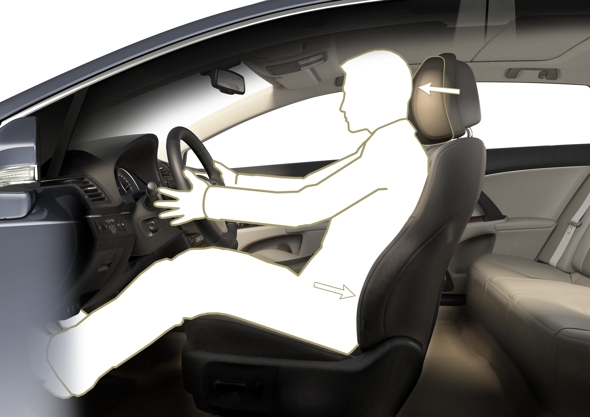
Just over half of injuries sustained in accidents in Japan were as the result of rear-end collisions, but approximately 90% of those injuries were neck injuries. That’s why Toyota developed the Whiplash Injury Lessening (WIL) concept seat, which first debuted in 1997 and was updated further in 2005.
The WIL concept seats are designed to cushion and support the occupant’s head and chest simultaneously, minimising the injury occurring from the head and torso moving in different directions. Toyota used its THUMS virtual-human computer modelling to confirm the effectiveness of the WIL concept seats in reducing whiplash injuries in lower speed rear impacts.
WIL seats are fitted as standard to most Toyota models, including Yaris, Auris, Prius, RAV4 and Land Cruiser.
Active Headrests
Active Headrests, introduced in 2007, are an extension to the WIL concept seats that further minimise neck injuries in rear-end impacts. A sensor in the seat is triggered by the lower back pressing into the seatback and activates the active headrest, which moves diagonally upwards and forward to catch the back of the head.
This technology decreases the severity of whiplash injury by a further 10-20% compared with the WIL concept seat on its own.
Active Headrests are featured on selected models in the Prius family, as well as Verso, GT86 and Land Cruiser.
SRS Airbags
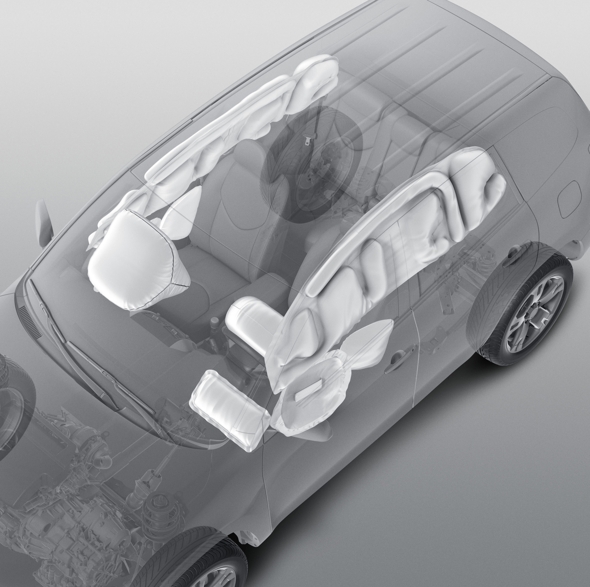
The first SRS (Supplemental Restraint System) airbag was fitted to a Toyota in 1989, providing protection solely for the driver. Since then, Toyota’s SRS airbag systems have been expanded throughout the passenger cabin to the extent that some Toyota models have nine or more airbags that create a protective cocoon around their occupants.
SRS airbags are triggered in the event of serious collisions, inflating rapidly to produce cushion the occupant and reduce the risk of severe or fatal injury. Dependent on the model, SRS airbags include front airbags for head and chest protection, knee airbags, side airbags, curtain shield airbags, seat cushion airbags and even the revolutionary rear window curtain shield airbag specially developed for the tiny Toyota iQ.
ISOFIX child seat mounting points
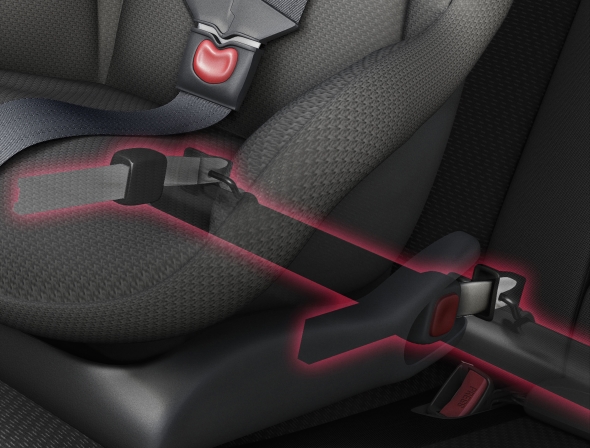
ISOFIX is an internationally recognised standard that sets out the specification for secure anchoring of child safety seats in cars, consisting of two anchor points at the base of the rear seats and a top tether point. ISOFIX greatly reduces the risk of improperly fitted child seats, thereby increasing the safety and effectiveness of the child seat.
Occupant safety is a priority for Toyota, so all Toyota passenger vehicles are equipped with ISOFIX child seat mounting points.
To learn more about other Toyota safety technologies, see these related posts:
Braking technologies
Stability and control technologies
Monitoring systems
Safety through convenience
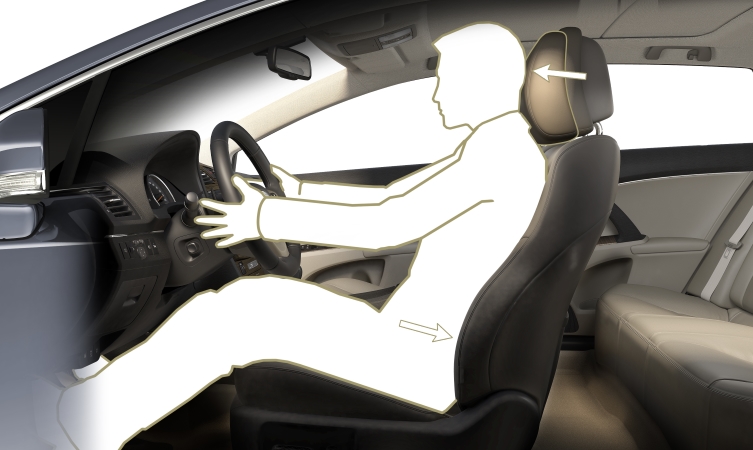
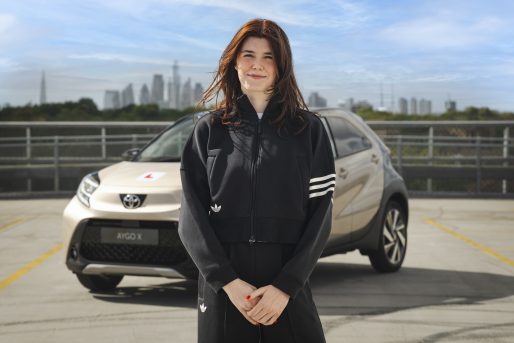

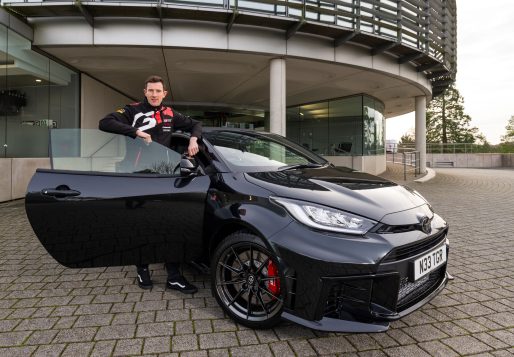
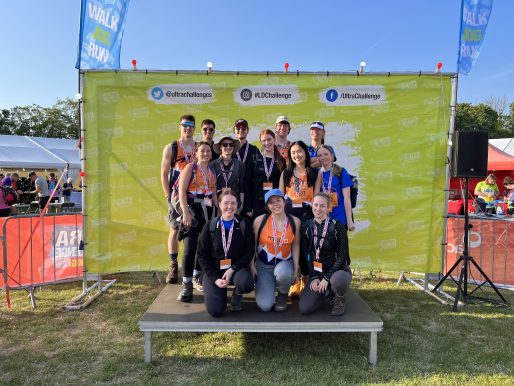
Hi, does a chr, 18 plate have iso fix in the front passenger seat?
Hi there,
Please provide the vehicle registration so we can look into this for you.
Thanks.
Hello, will this make and model have ISOFIX? HILUX 2014 CV14 ***
Hi Drew, thanks for your comment.
Our systems show that your Hilux should have ISOFIX fittings as standard.
Thanks,
Toyota UK
When did Toyota adopt iso-fix. Getting a second hand vehicle but wanted to know the age I should start from
Hi Mychael
Did you have a specific model in mind and registration number possibly please?
Kind regard
Hi does this old model yaris have isofix?
LC02FXY
Thanks
Hi Emma,
Thanks for your comment.
Our system does not show that this vehicle has ISOFIX.
Thank you.
FH09*** can you check this one please
Hi Maksim, Thank you for getting in touch.
We can confirm that your vehicle does have rear isofix points.
Thanks,
Toyota UK
Hi
Please could you advise me whether the passenger airbag should be turned off if a child is sitting on a booster on the front passenger seat of an Aygo. I’ve seen conflicting advice
Hi Janet, Thanks for your comment.
A forward facing Child restraint system may be installed on the front passenger seat only when its unavoidable.
The child restraint system that requires a top strap should not be used in the front passenger seat since there is no
top strap anchor for the front passenger seat. Adjust the seat back as upright as possible and always move the seat as far back as possible.
The front passenger airbag could inflate with considerable speed and force. Resulting in serious injury or death.
For any further information i would recommend viewing your owners manual:
https://www.toyota.co.uk/customer/manuals
Thanks,
Toyota UK
Hi – can you check if my toyota has ISOFIX?
Reg – SM*****.
If so can you advise how I would locate it?
Thanks
Hi Shaker,thank you for getting in touch.
Using the registration provided you should have isofix points on the outer rear seat locations only.
Place your hand between where the rear seat base and back meet, you should be able to feel them there.
Please follow all provided instructions with any seat/device you choose to install.
Thanks,
Toyota UK
Hello,
Does this model 2013 Toyota Yaris Hybrid have ISOFIX?
I need to get a car seat for my baby and I want to be sure it has it. This is the car seat I have in mind if it helps – Reecle 360 Swivel Baby Car Seat with ISOFIX, Group 0+1/2/3
Thanks.
Hi Cleo, thanks for getting in touch.
Please provide your vehicle registration so that we can check this for you.
Thanks,
Toyota UK
Does my car have isofix? Aygo sg62
Hi Leah, thanks for getting in touch.
Please may we have the complete registration number of your vehicle so that we can check this for you.
Thanks,
Toyota UK
Hello
Could you please check if my vehicle has ISOFIX , my vehicle number is MW*****
Hi Binay,thank you for getting in touch.
Using the registration provided you should have isofix points on the outer rear seat locations only.
Please follow all provided instructions with any seat/device you choose to install.
Thanks,
Toyota UK
Hi can you tell me if Reg YF***** has isofix please
Hi Mark,thank you for getting in touch.
Using the registration provided you should have ISO-FIX points on the outer rear seat locations only.
Please follow all provided instructions with any seat/device you choose to install.
Thanks,
Toyota UK
Can you check if my car has isofix DS14 TTF?
Hi Suman,
Our system shows that ISOFIX is standard in this vehicle.
Thank you.
Hi. Could you please check if my vehicle has ISOFIX , my vehicle number is YK64 ***
Hi May, thanks for getting in touch.
Our systems indicate that your Yaris is not equipped with ISOFIX.
Thanks,
Toyota UK